Su tai Induction Cook Top / Hot Plate
UGX234,000 Original price was: UGX234,000.UGX195,000Current price is: UGX195,000.
Induction cooking provides fast heating, improved thermal efficiency, and more consistent heating than cooking by thermal conduction.Generally, the higher the power rating, the faster the cooking time. Induction cooktop power ratings are generally quoted for power delivered to the pan, whereas gas ratings are specified in terms of gas use, but gas is much less efficient. In practice, induction cook zones commonly have heating performance more comparable to a commercial gas burner than domestic burners.
Safety Edit
The pan is insulated by the cooking surface and voltages generated in the pan are far too low to represent a shock hazard.
The cooktop can detect whether cookware is present by monitoring power delivered. As with other electric ceramic cooking surfaces, a maximum pan size may be specified by the manufacturer, and a minimum size is also stated.
The control system shuts down the element if a pot is not present or not large enough. If a pan boils dry it can get extremely hot – a thermostat in the surface will turn off the power if it senses overheating to prevent cooker failures and potential fires.
Cooker surface Edit
The surface of the cooker is heated only by the pot and so does not usually reach a hazardous temperature. Induction cookers are easy to clean because the cooking surface is flat and smooth and does not get hot enough to make spilled food burn and stick.
Induction cookers generally have low-thermal expansion glass ceramic tops that can be damaged by sufficient impact although they are required to meet minimum specified product safety standards with regard to impact.
Be the first to review “Su tai Induction Cook Top / Hot Plate” Cancel reply
Related products
Kitchen & Dining
Home & Kitchen
Kitchen & Dining
Home & Kitchen
Kitchen & Dining
Kitchen & Dining
Electronics
Kitchen & Dining
Kitchen & Dining
Kitchen & Dining
Home & Office
Kitchen & Dining
Home & Kitchen
Kitchen & Dining
Kitchen & Dining
Kitchen & Dining
Home & Kitchen
Kitchen & Dining
Kitchen & Dining

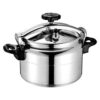






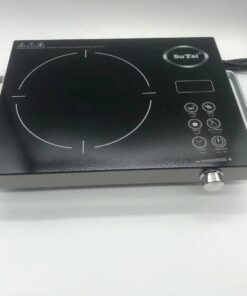








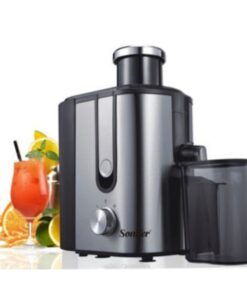
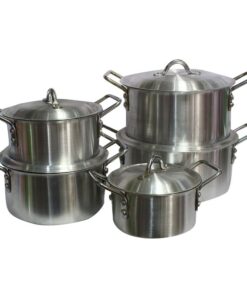




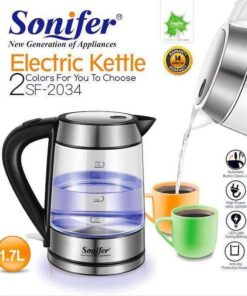


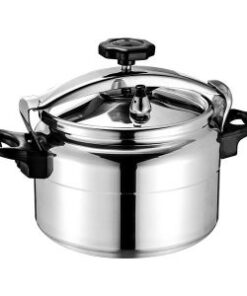
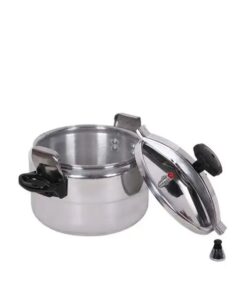
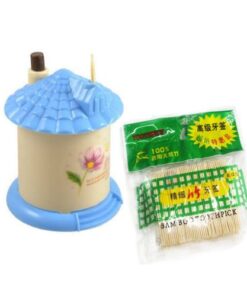

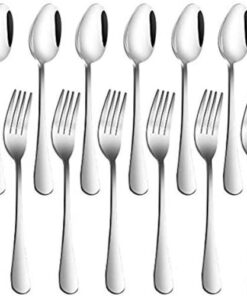







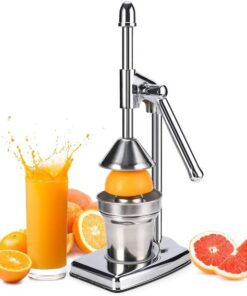








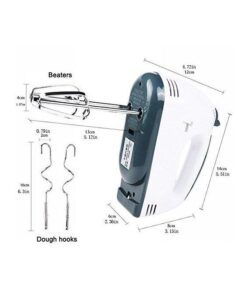


Reviews
There are no reviews yet.